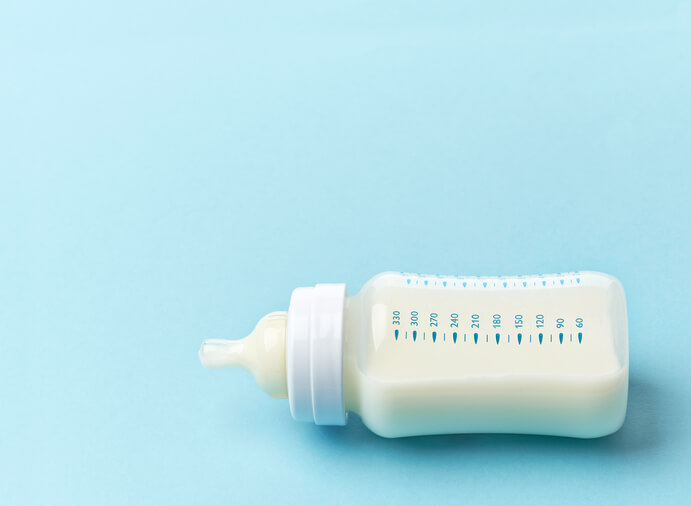After you give birth to a baby as a surrogate, you will likely be dealing with several side effects of your pregnancy and childbirth journey. One of these is the production of breastmilk. While you may have utilized your breastmilk to feed your own children after they were born, knowing how to manage your breastmilk in a surrogate pregnancy can be complicated.
The decision of what to do with your breastmilk will be made long before the medical processes even begin. In fact, it will be discussed early on in your surrogacy contract stage, when you and the intended parents will discuss what preferences they have (if any) in regards to your breastmilk.
As with every other part of your surrogacy journey, you will have a say in this part of the process. Your surrogacy specialist will also be available to counsel you through your options, of which there are generally three:
1. Pump Milk for the Intended Parents
Some intended parents may look to take advantage of the many health benefits that breastmilk provides and ask you to pump your breastmilk for them. Then, they will use the milk to either feed their baby through bottles or in combination with their own breastmilk through a supplemental nursing system.
You will not be required to pump milk for intended parents unless you are comfortable doing so. You will always be compensated properly for taking these additional steps to help the intended parents in the early stages of the baby’s life. If you decide to do this, your surrogacy specialist and your doctor will make sure you understand how this process will work.
2. Donate Your Breastmilk
Even if your intended parents do not wish to utilize your breastmilk, there are many other families looking for donated breastmilk to supplement their baby’s feeding. Organizations like the National Milk Bank and the Human Milk Banking Association of North America make it easy for you to donate and store your milk to help those in need, especially for those families with sick or premature infants in the hospital. To donate breastmilk, you’ll need to commit to donating a minimum of 200 ounces after undergoing a screening process and getting approval from your doctor.
This is a personal decision to make, as breastfeeding does require a lot of time and effort. But, for many surrogates, donating their breastmilk is a great way to continue the altruistic giving process they started during their surrogacy.
3. Stop Your Lactation
Breastfeeding and pumping is not right for everyone — and that includes surrogates. If you don’t wish to pump your milk for someone else, that’s completely your right. Instead, you can take medical steps to dry up your milk supply after the baby has been born.
The best way to dry up your milk supply is by speaking to your OB/GYN, who can give you professional advice on accomplishing this. The process may include the age-old cabbage leaf compresses, additional drugs and more. Before taking steps to dry up your milk, though, make sure you talk to your doctor to ensure that you’re doing it safely. Improper methods can lead to painful mastitis and plugged ducts.
—
If you’re not sure what you will do with your breastmilk after you give birth, talk in detail with your doctor to learn more about your options. If you wish to pump your breastmilk for the intended parents, your surrogacy specialist at American Surrogacy will help ensure you receive the proper compensation and your rights are protected throughout this process.
Remember, deciding to pump breastmilk or not is a very personal decision — and one that’s entirely up to you. No matter what you decide, you can still be eligible for the surrogacy process.
Connect with other surrogates online through our Instagram page.

2 thoughts on “3 Things to Do With Breastmilk as a Surrogate”